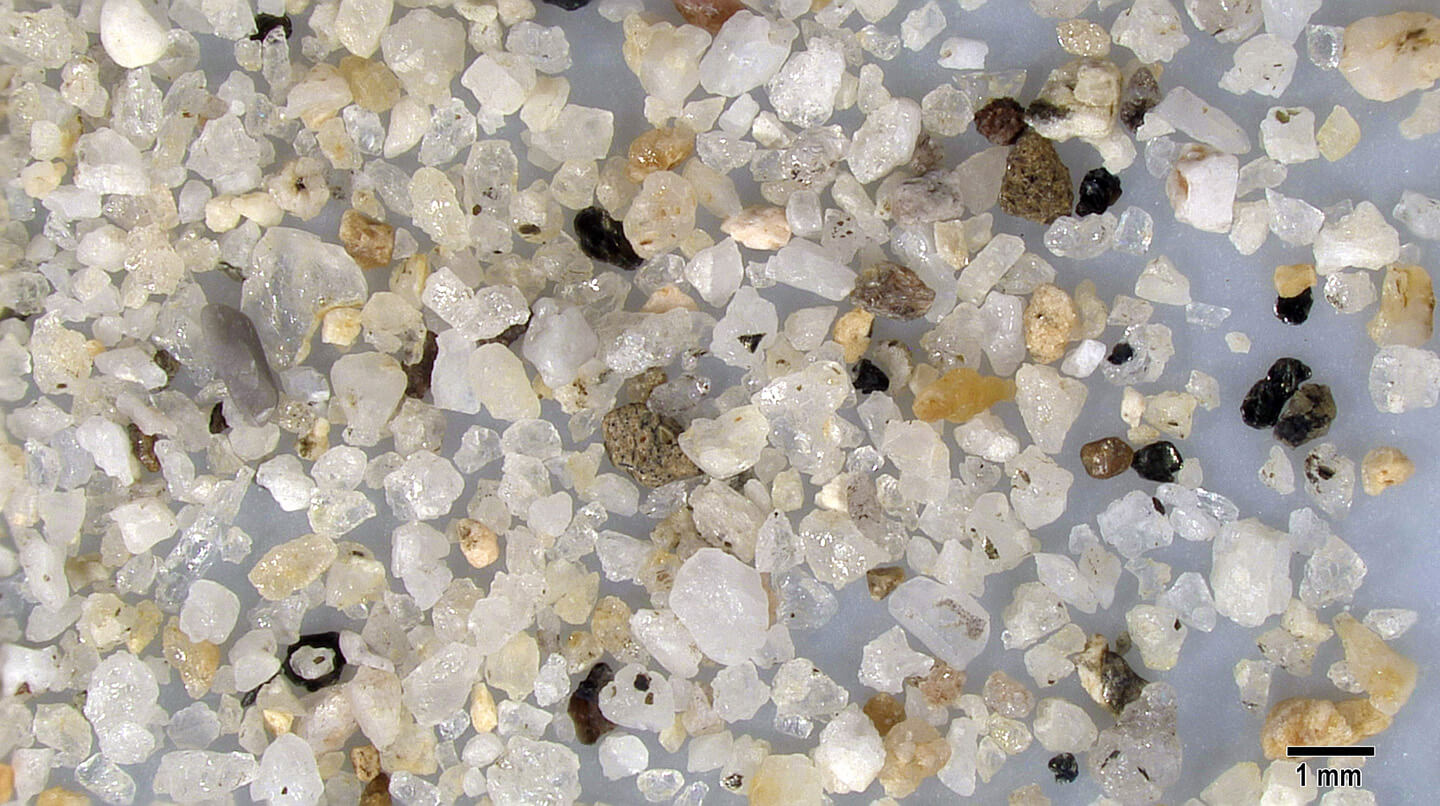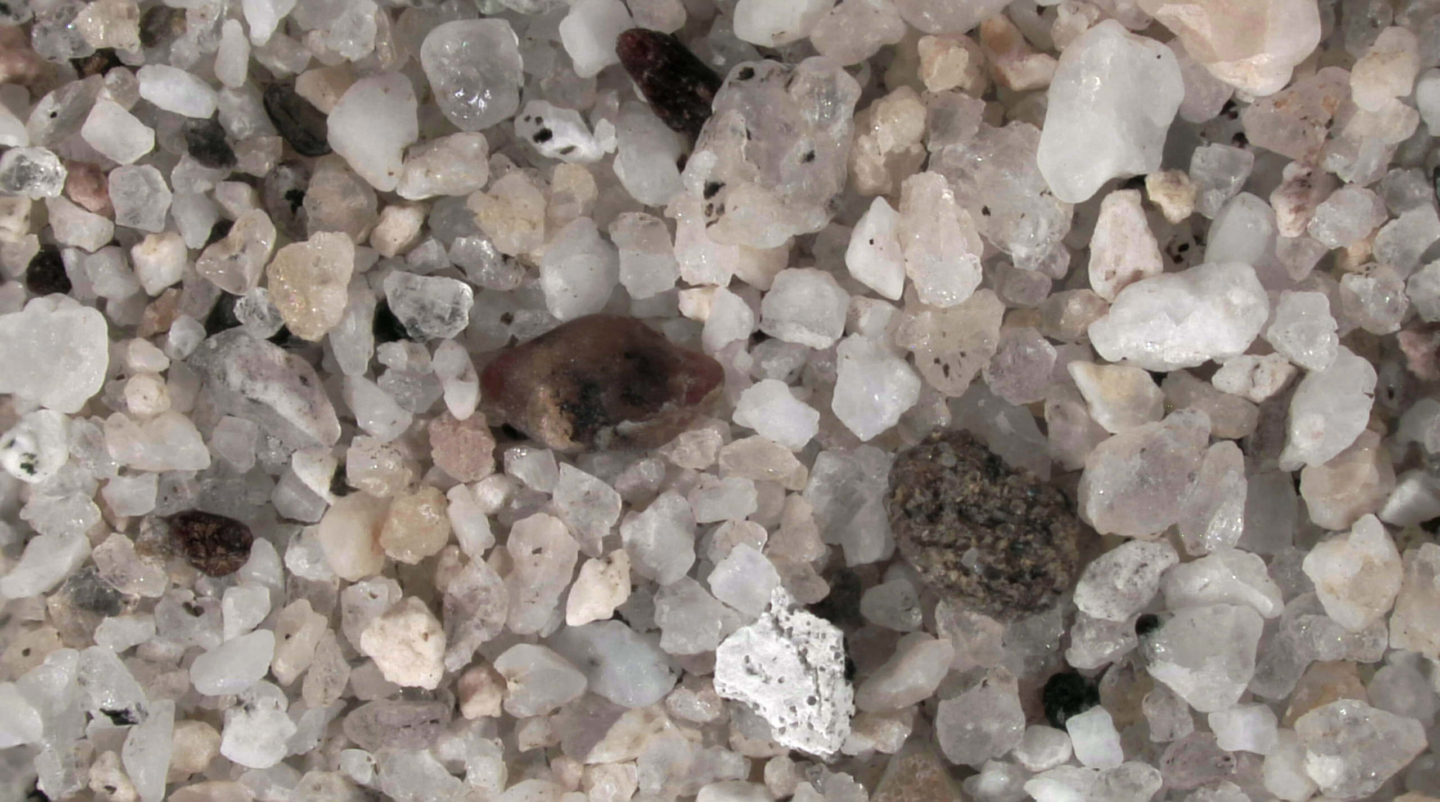
Elba Island is located in the Tyrrhenian Sea between Tuscany and the island of Corsica. In terms of geological time, Elba Island is young originating from activity 50 million years ago. It is one of the most important mineralogical locations in the world where over 150 minerals can be found. Some of Elba’s granite is present in the Pantheon and Colosseum in Rome.


Geographic Overview
Elba Island has a rich early history of settlement by the Etuscans in 480 BC and later by the Romans. In the mid-1600’s it was devastated by Barbary pirates and in late more modern times occupied by the British and then the French. Napoleon was exiled to Elba Island on 30 May 1814. Today Elba Island is an important international tourist destination.
Sand Gallery
In terms of geological time, Elba Island is young with variable topographical features. Highly variably sized sand grains originate from geological activity 50 million years ago. Clear transparent and cloudy grains are silica. The silica grains are quite hard with sharp angles, indicating that they have not been worn down by wave and wind action, a process that takes millions of years in geological time. Specks of black in quartz sand grains are pieces of hornblende (amphibole) phenocrysts of volcanic origin. A few biogenic grains of marine origin are also seen in Elba Island sand.


The igneous tan sand grain in the center is probably feldspar and it contains needle-shaped phenocrysts of black horneblende (amphibole). The surrounding clear and cloudy grains are silica. A cloudy silica grain at the top of the image contains a triangular horneblende phenocryst. The tan, brown and black sand grains at the top right are biogenic shell fragments.

The black rod-shaped phenocryst at the top center of the image is a horneblende (amphibole) crystal. It is partly cover by two silica grains one of which contains a small rod shaped horneblende crystal. Variably sized clear and cloudy quartz sand grains, some with black amphibole inclusions, occupy the rest of the image with occasional tan and pink opaque grain fragments of biogenic material.


The 2 mm black horneblende (amphibole) crystal in the center is surrounded by clear and cloudy quartz grains with a few white and reddish-tan opaque biogenic sand grains. A large feldspar sand grain to the right of the large horneblende crystal contains two black horneblende inclusions.



















